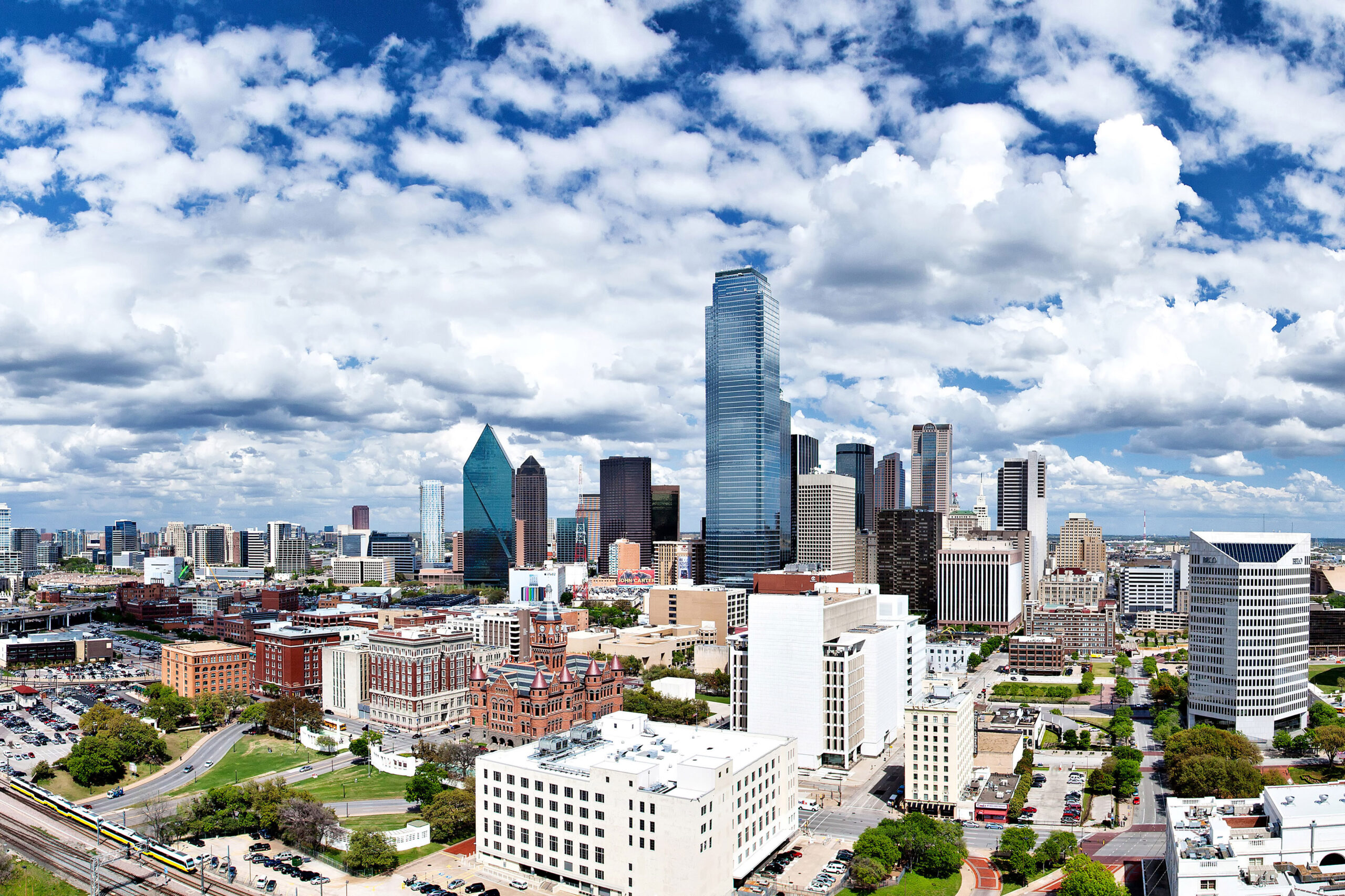In other major U.S. markets, commercial real estate is a business. In Dallas, it’s a profession—and a passion. In the early 1980s, things really began to take off. Gleaming new office towers were transforming the Dallas skyline, tenant representation was emerging as a specialty, and throngs of young salesmen—and a few women—were leaving corporate America to give real estate a try.
And who could blame them? Business was booming. There was a lot of money to be made. But that didn’t mean it was easy.
Back then, it was all about the hustle. If you wanted to learn about a submarket, you drove it. If you wanted to find out about the occupancy of a certain building, you went inside and “verticaled” it—walked the floors, knocked on doors, and took notes.
One Friday afternoon in the late 1980s, Jeff Ellerman, then a 20-something broker with Fults Cos., was doing just that. He had gotten into real estate in 1983, leaving a sales job at Boise Cascade. The boom market that was under way during the first few years of his career had given way to a market bust, and Ellerman was out touring some wreckage. He had gone up to the penthouse floor of an empty office building along LBJ Freeway, then began working his way down, when the elevator he was riding in suddenly stopped. Ellerman was trapped.
He discovered that the emergency phone in the elevator was disconnected—and no one knew he was there. “There was no way for me to call for help,” he says. “I was convinced I was going to die before anyone found me.”
In a panic, Ellerman pushed every button and tried to pry open the elevator doors. When that didn’t work, he frantically began jumping up and down. After what seemed like an eternity, but in reality was about 20 minutes, the elevator purred into action again, and Ellerman was soon free. “I have never been so glad to get out of a building in my life,” he says.
These days, of course, brokers can “vertical” buildings without ever having to step inside them. It’s just one of the ways technology has revolutionized the industry.
Ellerman, who serves as vice chairman at CBRE, has gone on to become one of the area’s most successful tenant rep brokers. As he marked three decades in commercial real estate this year, he made a list of 30 pivotal trends and developments that, like technology, have transformed the business—and the Dallas market. He shares his perspectives on the following pages with D Real Estate Annual.
1. From Family Business to Institutional Funds
Up until the mid-1990s, real estate development was a family business, nationwide. Many of these companies would secure mortgages from insurance firms and pension funds, but it was really a family-dominated business. Companies like Trammell Crow Co., Lincoln Property Co., Vantage Cos., and Paragon were all dominant in Dallas. Some worked in other markets, but every city had their own family-based developers. After the ’90s bust, institutional capital took over the business. Some very smart people—Richard Rainwater being one of them—saw incredible inefficiencies in the market, because of the bust. Real estate assets were trading for pennies on the dollar. These investors realized they could go raise capital from Wall Street and deploy that capital and make big returns in a short amount of time. From 1994-1999, the real estate investment trusts became established. The business transitioned from a family-owned, inefficient market to an institutional capital, Wall Street, financier-type business. And it’s never going back. If you were a real estate investor or a developer in the old days, you could make solid returns because the brokerage business wasn’t established, no one was talking to each other; it was a closed loop. When the brokerage business became established and when Wall Street got involved, it became a much more efficient business. Real estate still has deep cycles, but it has become more sophisticated.
2. Banks and Dallas’ Downtown Market
The local banks controlled the money flow and capital in the city of Dallas. Companies that banked with them wanted to be close by. So the banks were key to keeping the local Dallas companies downtown. When they failed, and all of the New York and Charlotte banks came in, the glue that kept these companies downtown went away, and the core of Dallas began changing.





